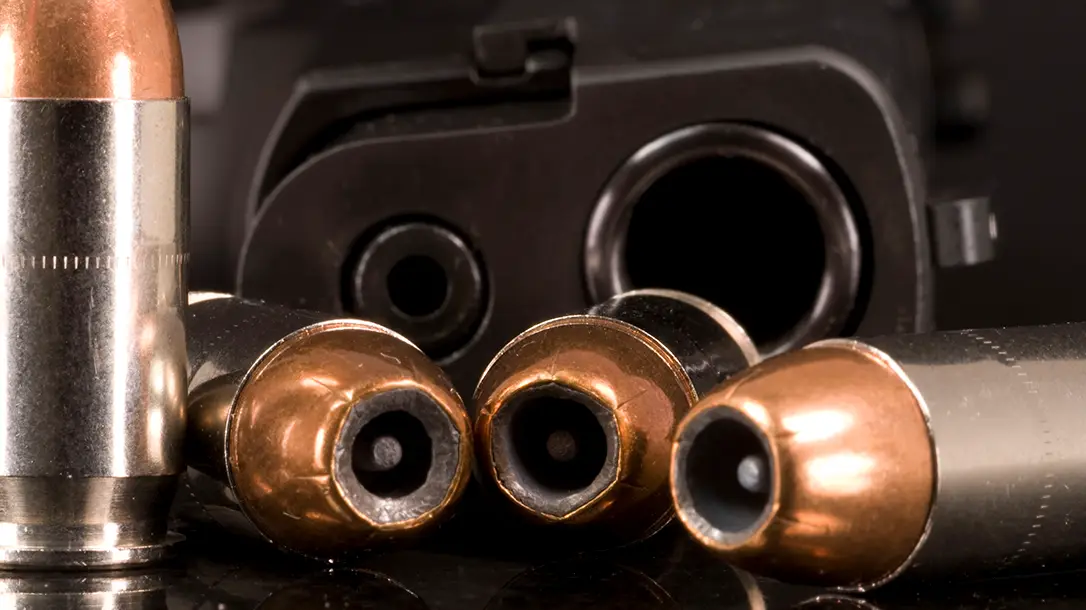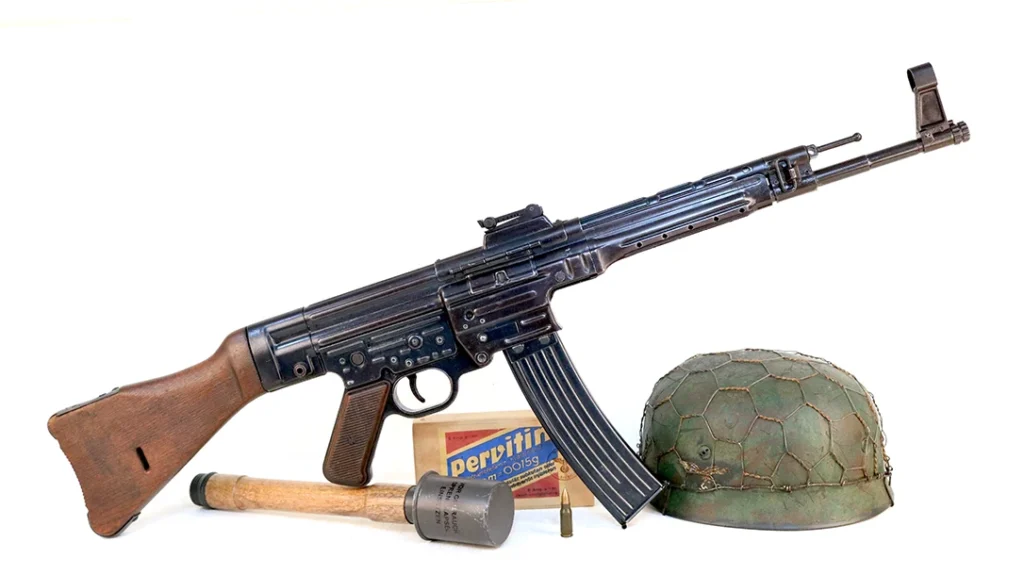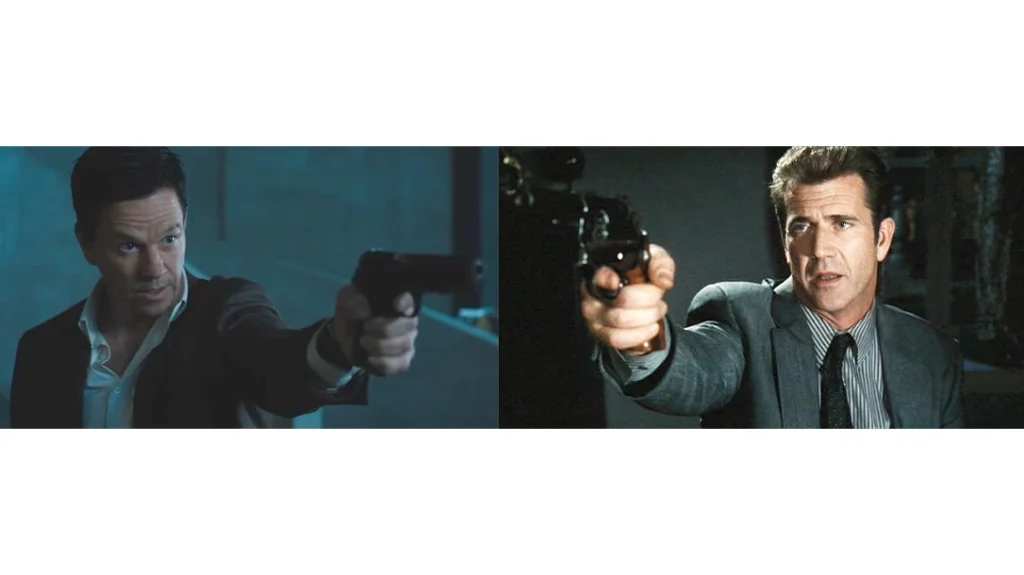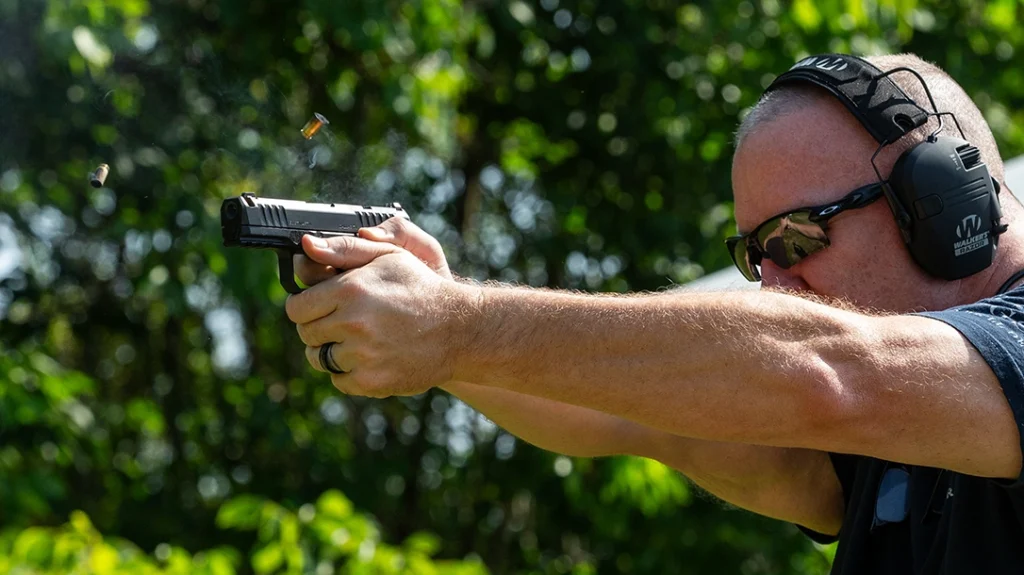We accept many things in the firearms world as common knowledge. However, when pressed, we are quickly reminded of a time when we didn’t know these supposedly common things. One area where this stands out is regarding ammunition. To the new shooter, the nomenclature and sometimes conflicting information regarding ammunition can be puzzling at best. Modern ammunition science, from caliber to muzzle velocity, is still confusing to new shooters. With that in mind, let’s take a few minutes and look at the anatomy of a bullet.

Guns 101 – Anatomy of a Bullet
Before we understand how it all works, let’s look at the parts we deal with. A bullet, or a round, is composed of several key components. The first thing people refer to most often is the bullet. Understanding the anatomy of a bullet, the bullet itself is the projectile that ultimately leaves the gun once fired. Most modern bullets are composed of lead and wrapped in a copper jacket. This serves two purposes.
Advertisement — Continue Reading Below
First, it allows the bullet to maintain a better shape as it is launched from the gun. The second purpose is that it is less corrosive and causes less wear and tear on a gun barrel. There are a plethora of bullet styles and designs. One relatively new design has the lead core wrapped in a polymer jacket to eliminate metal fouling and drastically reduce damaging barrel heat and friction. Designed by Federal ammunition, this “Syntech” ammunition is a big step forward. There are numerous variations, From ball ammo to hollow point ammo.

Ball vs. Hollow Point Ammunition
Ball ammo simply refers to a bullet with the lead core wrapped in a jacket. It has no modification to the bullet nose or tail. These rounds are primarily used for training. Hollow point ammunition, on the other hand, is also referred to as defensive ammo. An important part of the anatomy of a bullet, these rounds are also lead-centered with a jacket, but they include a small hollow divot in the front of the bullet. This is designed to help the bullet expand upon impact, which causes more damage to a potential threat.
Advertisement — Continue Reading Below
The next component is the case. This is the main body of the round and holds the entire package together. Most cases are composed of brass. It is a strong, long-lasting material that works well with firearms. It is inside this case where the actual “gunpowder,” or, more correctly, propellant, is held. At the very bottom of the case, we find the primer. This sits in a small pocket on the end of the case and is where all the action begins. It is a small cup holding a flammable chemical. Now that we understand all the individual parts of the anatomy of a bullet let’s get down to business and discuss how it works together.

The Firing Process
When the trigger is pulled, a firing pin that strikes the primer in the back of the round is released. This causes a miniature explosion inside the bottom of the case. That “explosion” ignites the propellant inside the case. As it burns, it produces heat and gas, which builds up behind the bullet. As part of understanding the anatomy of a bullet, this continues until there is enough pressure to push the bullet out of the top of the case. pressure once contained in the case is now in the chamber and barrel as it continues to push the bullet. The rifling or groves in the barrel spin the bullet, which begins its rotation to stabilize it once it leaves the barrel. This all continues until the bullet finally leaves the barrel. The remaining gas in most guns will then assist in actually cycling the pistol!
Advertisement — Continue Reading Below

Anatomy of a Bullet
Obviously, this process happens very quickly, and with a vast majority of rounds, it is a reliable function. Occasionally, we will encounter a problematic round that refuses to fire or even partially fires. These are rare, but as serious shooters, you need to seek education on how to deal with ammunition issues. Understanding the anatomy of a bullet is essential since this process has worked for a long time, with some round designs dating back to the 14th century. I have found that the more we know about the specifics of firearms functions, the better we become as overall shooters. I hope this is the case with this article!
For more information, visit: https://www.federalpremium.com/
Advertisement — Continue Reading Below
























